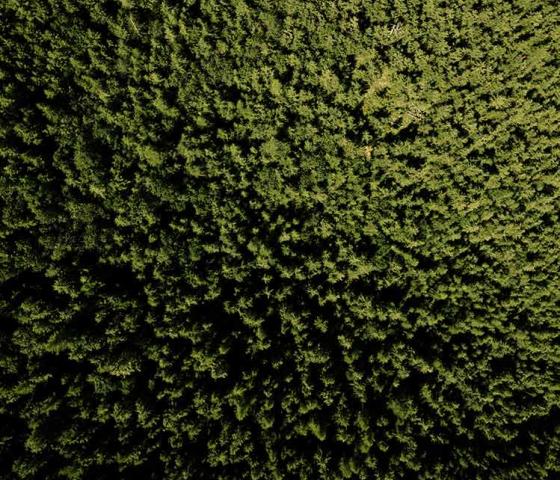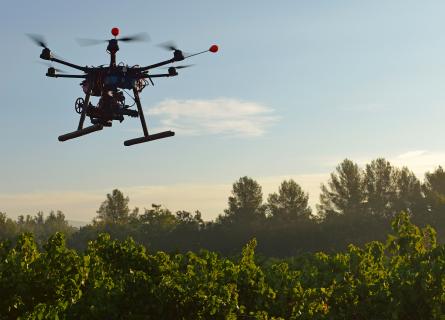
Forest Carbon
Reporting climate impacts is a prerequisite for transparent communication and accountability of sustainability statements. Modelling and analysing the carbon impacts of changing forest management is a vital decision-making tool. Our Forest Carbon Services do exactly this – they provide systematic carbon impact modelling and reporting based on the best available science and transparent methodologies with the possibility for seamless integration with Remote Sensing Forest Inventory Services.
Forest carbon services
Continuous and systematic reporting of forest carbon impacts
Our carbon accounting service provides annual carbon impact reporting of forest assets or forestry projects based on the best available science and transparent methodologies. Apply existing forest data or carry out forest inventories by Remote Sensing Forest Inventory Services.
The key components included in the carbon accounting system are:
- Standing stock biomass
- Soil organic carbon stock
- Harvested wood products
- Operational emissions
- Substitution impact of the wood products
Depending on the applied reporting framework and the included system components, we deliver the results in a format and structure that best serves your needs.

Scenario analysis of long-term impacts of forest management on forest carbon stocks
Long-term strategic planning with reliable carbon impact forecasts, integrating carbon impacts into stand-level operational planning. Optimise your forest management and examine alternative scenarios.
-
Model and quantify the costs and carbon impacts of changing forest management.
-
Establish a forest management plan that increases forest carbon sequestration relative to business-as-usual to comply with a reporting standard, such as the EU Taxonomy.
-
Apply existing or the most recent forest inventory data produced by Remote Sensing Forest Inventory Services.

Quantification of carbon stored in forests and trees of rural and urban areas
Quantifying carbon stored in forests and trees in rural or urban areas is required to compensate for emissions and achieve carbon neutrality as an area.
Our carbon quantification service applies our simulation and optimisation tools to forest inventory and ground cover data to quantify an area's carbon storage and sequestration. This enables, for example, municipalities to include forest carbon in their compensating emissions to achieve carbon neutrality.
We provide seamless integration with Remote Sensing Forest Inventory Services to apply the most up-to-date inventory data in the Carbon quantification.

-
Systematic analysis and reporting of carbon impacts with
-
Cutting-edge forest management simulation and optimisation
-
Fully integrated carbon impact model
-
Transparent methodology based on the best available science
-
-
Integration with our other services and products, such as Remote Sensing Inventory Services, forest valuation and AFRY Smart Forestry software
-
Forest investors
-
Impact investors
-
Forest owners and managers
-
Forest industries

AFRY Smart Forestry Products
AFRY Smart Forestry uses innovative software, state-of-the-art forestry technology and modern forestry techniques to improve forest management operations. Our products provide reliable information by mapping, optimising, monitoring and continuously learning about the forest supply chain's life cycle and functions.
We provide forest carbon services using our own AFRY Smart Forestry Software.
Q&A
- What type of forests are best for carbon?
- What is the best way to manage forests for maximising climate benefits?
- Do forest biodiversity impacts go hand in hand with forest carbon impacts?
If we solely think about the maximisation of the carbon impacts of forests – two key elements here are:
-
the carbon storage of the forest, and
-
the change of those carbon storages over time due to natural biological processes.
In straightforward terms: mature old forests maximise the storage, whereas young developing forests commonly have the most significant annual change.
The maximisation of carbon impacts of forests is, in the end, all about maximising the volume of vegetative biomass. How much of this volume can be sustained and how fast this can accumulate are very much dependent on the ecosystems boundaries defined, for example, by climatic and soil conditions.
A key aspect of this issue is also to consider the timespan. It’s relevantly simple to get a short-term burst of fast biomass accumulation by pioneer species – but these species are usually not optimal for maximising long-term cumulative biomass storages.
However, the maximisation of forest biomass (hence carbon storage) might introduce interesting concepts and more species-diverse forest management practices in the future, as the value of forests is not defined solely by commercially usable timber.
The right way to manage forests is an extremely complex question – and at the core of forest management simulation, optimisation and scenario analysis.
Optimal management for climate benefits focuses on having the right mix of species and the right kind of management activities at the right time, which will maximise long-term carbon removal and storage away from the atmosphere.
As such, it is a very case-specific question. Ultimately, no two forest sites are precisely the same when we factor in the weather and soil conditions and, for example, historical human interventions. Furthermore, what we can produce, or what is expected to be produced from the forest products like timber, varies from case to case.
When discussing the climate impacts of forests and their management, it is crucial to consider the forest carbon cycle, including wood-based products manufactured from timber (and biomass) removed from the forest site. The climate impacts also include operational emissions from harvesting, transportation and manufacturing, a mix of products produced, end-users of those products and alternative products (and their climate impacts) if those products are not produced.
The last point is estimating the avoided emissions due to wood-based products. It all seems highly complicated – and frankly, it is.
In addition to the carbon impacts of forests and their management, biodiversity is another critical aspect of sustainable forestry. Biodiversity loss is a global crisis, but it's not isolated from the carbon and climate impacts of forests.
First of all, biodiversity has many linkages to climate change as a whole – climate change, i.e. changing climatic conditions, is threatening many critical ecosystems and their natural balance, hence adding its share to the crisis of biodiversity loss.
However, biodiversity is simultaneously a key metric when estimating an ecosystem's resilience to disturbances and changes caused by climate change – the more diverse a system is, the more ways to cope with the shift it usually has.
When it comes to carbon and biodiversity values in quantitative terms – these also go hand-in-hand in many cases. High biodiversity often also means highly efficient use of available resources, as individual species fully "tap in" to the available resources such as light, water, nutrients and space.
However, when we start to optimise things, there certainly are some trade-offs, especially if we think short-term vs long-term. In the short term, monocultures of fast-growing plants might maximise biomass accumulation and hence carbon removal from the atmosphere, but this results in relatively poor sites from a biodiversity perspective.
Anyway, the synergies of these metrics often improve as we push the optimisation target further to the temporal horizon. The development of diverse systems might take more time. Still, if we can afford the time, increased biodiversity can help us capture the ecosystem's entire biomass (i.e. carbon) potential.





